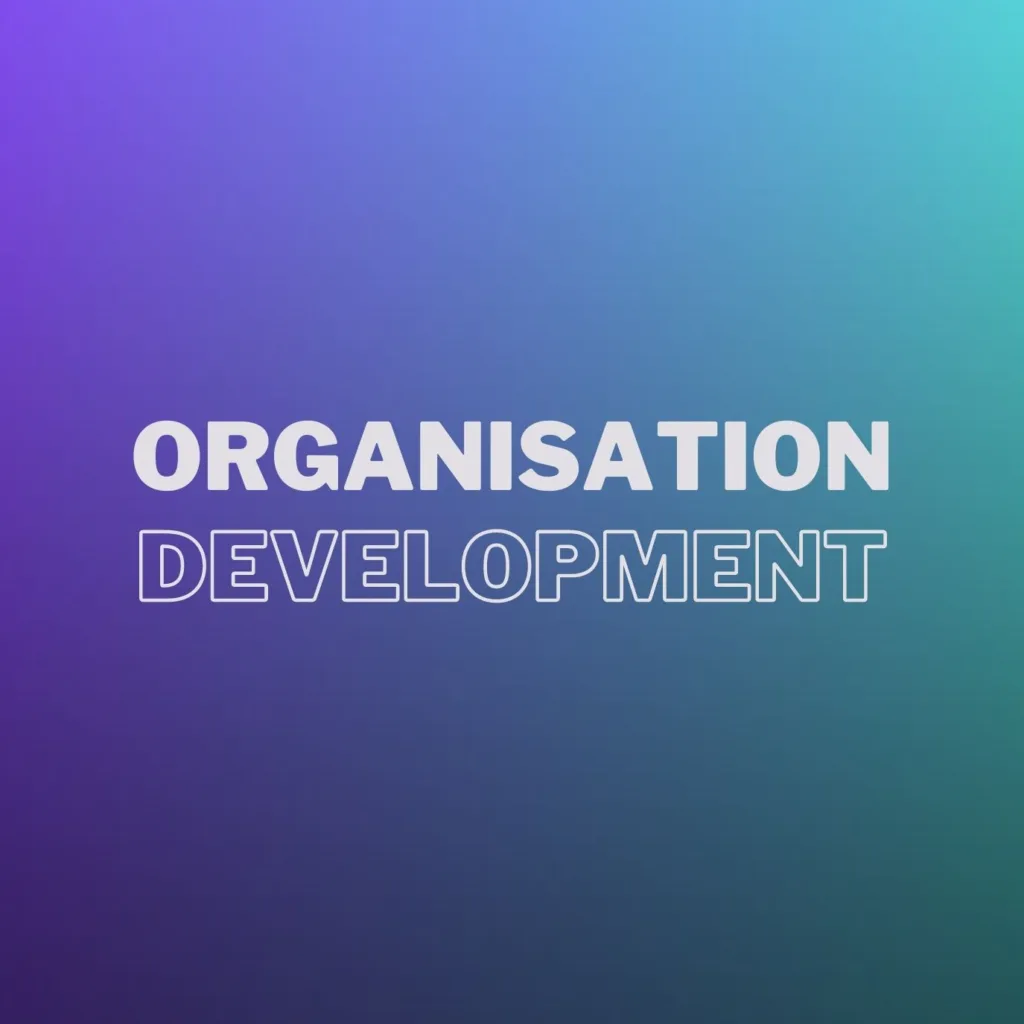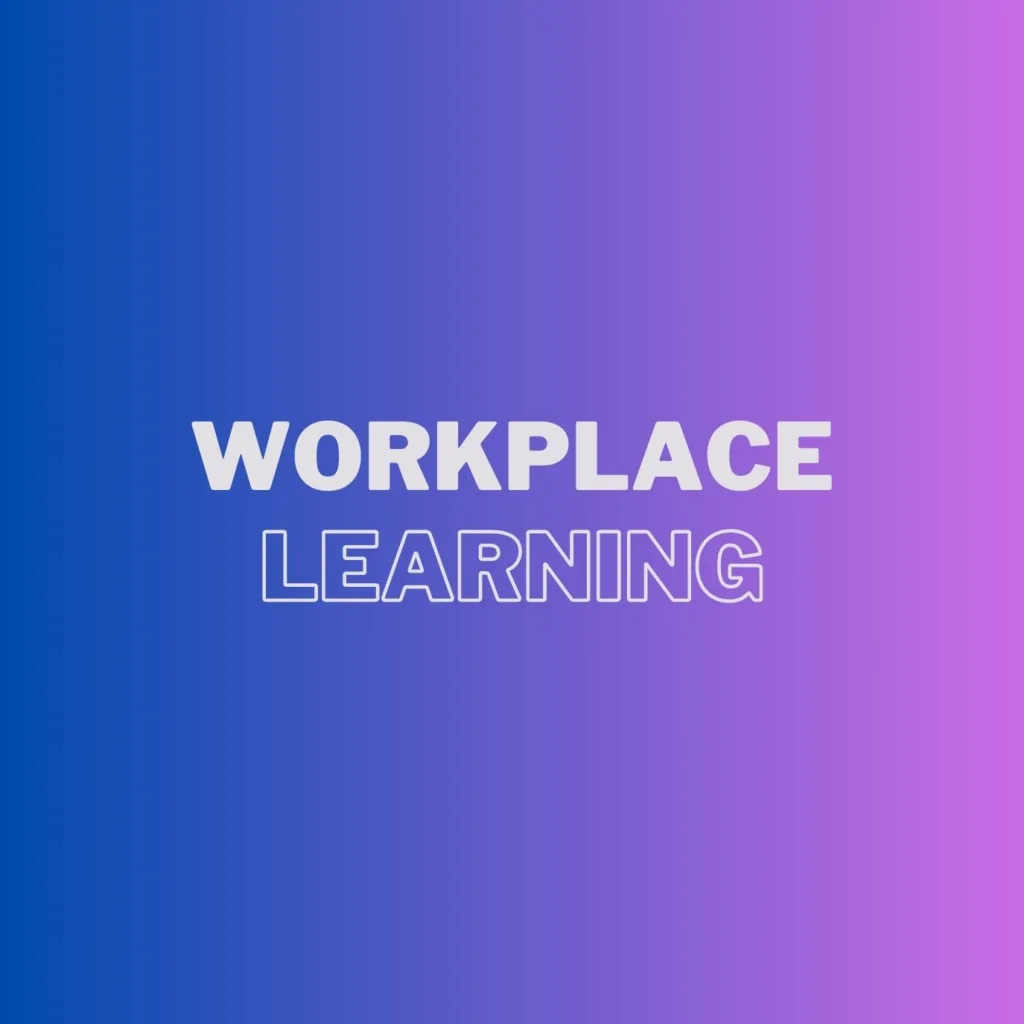Implementing a Mentorship Program: Ultimate Guide

Implementing a mentorship program can have a profound impact on organizations, promoting professional growth, fostering stronger relationships, and boosting employee satisfaction. This comprehensive guide offers a practical roadmap for organizations to establish and implement a successful mentorship program. By following these steps, organizations can create a mentorship program that aligns with their goals, values, and aspirations, while providing a supportive and nurturing environment for mentors and mentees alike.
A. Identify Objectives and Scope: Setting Clear Goals
To begin, it is crucial to define the goals and objectives before implementing a mentorship program. This may involve improving employee retention, enhancing skill development, cultivating a positive company culture, or promoting diversity and inclusion. Clearly outlining the program’s scope, including the target audience, duration, and key performance indicators, provides a solid foundation for its implementation.
B. Obtain Management Support: Garnering Backing from Leadership
Presenting the benefits of the mentorship program to top management and gaining their endorsement is vital for its success. Management support facilitates resource allocation and encourages employee participation, ensuring the program receives the necessary backing to thrive.
C. Develop Program Guidelines and Structure: Establishing a Framework
Outline the structure of the program, including the roles and responsibilities of both mentors and mentees. Define the process for matching pairs, establish guidelines for conflict resolution, and determine the frequency and duration of meetings. It is important to create a well-defined framework that supports the mentorship program’s smooth operation.
D. Identify and Train Mentors: Equipping Mentors for Success
Select potential mentors based on their expertise, experience, and interpersonal skills. Provide comprehensive training and resources to help them become effective mentors. This training should encompass essential skills such as active listening, effective communication, goal setting, and delivering constructive feedback. By empowering mentors, the program ensures valuable guidance for mentees.
E. Promote the Program: Spreading Awareness and Encouraging Participation
Effectively communicating the benefits and purpose of the mentorship program to employees is crucial. Utilize various communication channels, including company newsletters, the intranet, and team meetings, to reach a wider audience. Encourage employees to participate as mentors or mentees through engaging promotional materials, such as visually appealing posters, brochures, or flyers. Additionally, leverage digital and social media platforms, such as company social media accounts, email campaigns, or internal chat platforms like Slack or Microsoft Teams, to share information about the program and encourage employees to share their experiences using a dedicated program hashtag. Hosting informational sessions or webinars where experienced mentors and successful mentees share their stories can also inspire others to get involved.
F. Match Mentors and Mentees: Creating Meaningful Connections
Develop a process for matching mentors and mentees based on shared goals, interests, or skills. Consider employing a matching algorithm, conducting employee surveys, or forming a matching committee to facilitate the process. Ensuring a strong mentor-mentee pairing sets the stage for a productive and successful mentorship relationship.
G. Launch the Program: Kicking off with Enthusiasm
Officially launch the mentorship program with an event, such as a workshop or networking session. This provides an opportunity for participants to connect, build relationships, and foster a sense of community. A well-executed launch event can generate excitement and engagement among mentors and mentees.
if you are running a workshop to skill up mentors, a typical program outline may include the following learning vignettes:
- Lesson 1: The Essence of Mentoring: Understanding the meaning and purpose of mentoring and its role in personal and professional development.
- Lesson 2: The Mentor’s Role and Responsibilities: Insights into the role of a mentor and the responsibilities it entails.
- Lesson 3: Building Effective Mentor-Mentee Relationships: Strategies for establishing and fostering successful mentor-mentee relationships.
- Lesson 4: Communicating and Motivating Effectively as a Mentor: Exploring different communication skills and motivational techniques used in mentoring using DISC Profiler®.
- Lesson 5: Setting Goals and Expectations: Guidance on how to set and manage goals and expectations within the mentoring relationship.
- Lesson 6: Feedback and Evaluation: Techniques for providing constructive feedback and evaluating mentee progress.
- Lesson 7: Navigating Challenges in Mentoring: Tactics for handling difficult situations and overcoming challenges in mentoring.
H. Monitor and Support the Mentorship Relationships: Ensuring Progress and Growth
Regularly check in with mentors and mentees to monitor the progress of their relationships. Provide support and guidance whenever issues or challenges arise. Offering additional resources and opportunities for mentors and mentees to enhance their skills, such as workshops or training sessions, helps them develop and grow throughout the program.
I. Evaluate the Program: Continuous Improvement
Collect feedback from participants through surveys, interviews, or focus groups to evaluate the effectiveness of the mentorship program. Analyze this information to identify areas for improvement and make necessary adjustments. A culture of continuous improvement ensures the program remains relevant and impactful.
J. Recognize and Celebrate Success: Appreciating Contributions
Acknowledge the contributions of mentors and mentees and celebrate the successes and achievements of the mentorship program. This recognition can take the form of awards, certificates, or public appreciation during company events. Celebrating the program’s achievements reinforces its value and encourages ongoing participation.
Mentorship Program – Communication Plan: Ensuring Effective Outreach
Before training mentors on mentorship, effective communication of three key messages is crucial for a successful program:
- Program Announcement and Objectives: Clearly communicate the mentorship program’s announcement, objectives, and its significance to the organization. Highlight the benefits of program participation for both mentors and mentees, emphasizing how the program aligns with the company’s values, goals, and culture, and contributes to professional growth and overall success.
- Call for Mentor Applications and Selection Criteria: Encourage employees to apply for the mentor role by clearly outlining the selection criteria, including experience, expertise, and interpersonal skills. Provide information on how to apply, the application deadline, and the timeline for the selection process.
- Mentorship Program Structure and Expectations: Provide comprehensive details about the mentorship program’s structure, including the roles and responsibilities of mentors, the process for matching mentors with mentees, and the expected time commitment. Additionally, outline the support and resources available to mentors throughout the program, such as training sessions, workshops, or access to online resources.
By following this step-by-step guide, organizations can implement a successful mentorship program that not only meets their specific objectives but also creates a supportive and enriching environment for mentors and mentees. Embracing the power of mentorship, organizations can nurture talent, foster professional growth, and enhance overall employee satisfaction.
Our Repertoire


